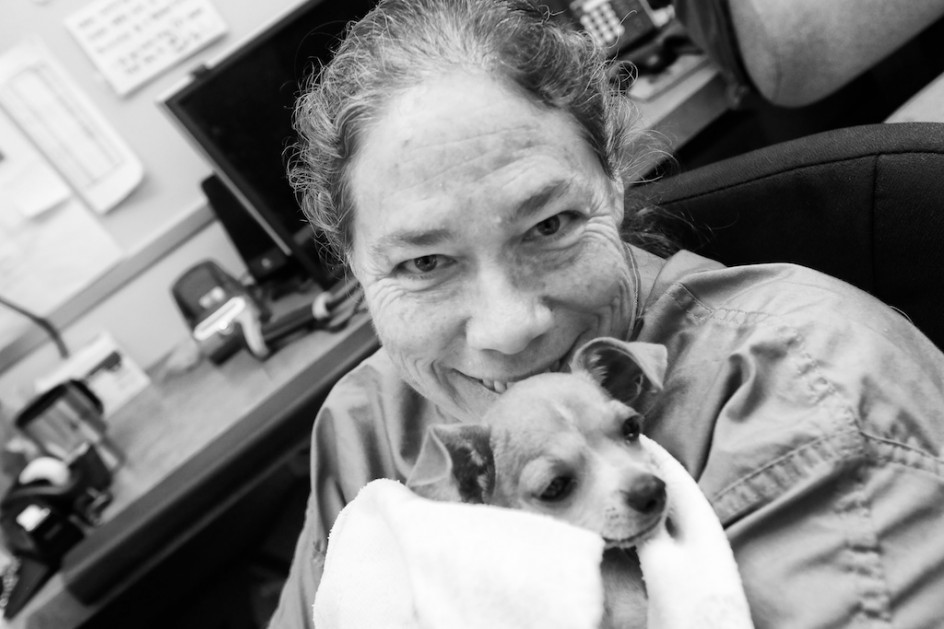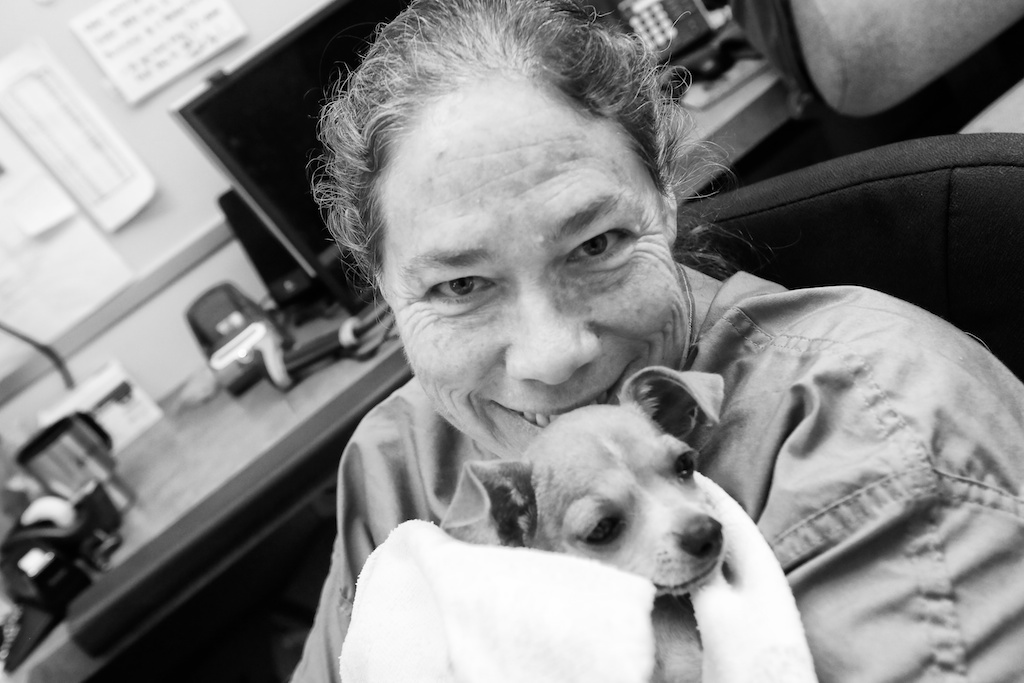
II was inspiring to see the Silicon Valley Humane Society last week on my speaking visit there, it is very different from other shelters, director Carol Novello,a former hi-tech executive is hard at work reinventing the very idea of a shelter, she is turning hers into an animal community and education center, leaping far beyond the old shelter stereotype – the dingy building, the chain link fences and kennels, the smells and noise and chaos.
The Silicon Valley Humane Society is an animal rescue and protection shelter, but it has gone far beyond that, assembling an army of volunteers, reaching out to the community in a score of ways, housing animals very differently and looking for ways to move them through the shelter more rapidly. It is an education and community center for animals as well. The SVHS is unique for many reasons – Novello’s vision one of them – but also because of where it is. There are animal-loving millionaires all over the hi-tech world and they are generous in their support of an innovative and forward-looking animal shelter. Few communities in America can expect to draw on those kinds of resources.
Still it is exciting to re-imagine the tired and beat-up old animal shelters, and some other communities are beginning to do it as well. I think Novello’s idea is the most appealing to me. I suppose I might go even further.
I think shelters would benefit from grasping the emotional and psychological significance of rescue and shelter and adoption, rife with personal and societal and ethical issues. The SVHS is launching a new shelter medicine program, one of the most sophisticated in the country, and I wonder if it isn’t time to bring psychologists and social workers into the rescue and adoption process. Choosing an animal is about much more than rescue, people should be challenged to explore their own motives and emotional histories before they bring an animal into their lives. What kind of animal is best suited for them? What is the difference between breeds? How does prey drive affect play and behavior? Do they understand what to expect after the lift of rescue wears off a bit, do they know how to train an animal, live with it, tolerate the smells and messes, the barking and chewing, the vet bills and behavioral issues.
Shelters are often in denial about the reality of their operations and the lives of animals. The goal ought not to be to keep animals alive beyond reason and at any cost but to foster the growth of animals that are well-trained, of good temperament and health, that are safe around humans and other dogs. Adopters ought to be challenged not just bring an animal home but to live well with one. It makes sense for shelters to help animal lovers through the catastrophe of dog training in America, past all of the expensive gurus and training tomes and help them learn to communicate with the animals they adopt and understand that training never stops. Training is our language with animals, our communications with them, it is a spiritual experience and obligation, necessary for animals like dogs to live safely in our world.
In addition to promoting the use of therapy dogs, shelters might also promote programs to bring dogs out of homes and dog parks where they are increasingly ghettoized and into the world – into workplaces and stores, schools and factories. There is no better socialization experience than for dogs to be out in the world, to interact and mingle with people, in different environments they might grow and learn. Advocating for dogs means more than finding homes for them, it means examining the quality of their lives and interactions with humans.
In America, laws and regulations regarding animals have become a national civil war, dog lovers seeking to walk their dogs off leash and to gain access to parks and public spaces, everyone else battling to stop them. Shelters might help ease these polarizing battles – politicians generally run from them – by helping dog owners to be more responsible and sensitive to the fears and concerns of others. Dog bites have skyrocketed in America as people are desperate to adopt needy dogs but reluctant to train and supervise them – and work to bring non-dog owners into public shelters and meet and learn about dogs. In this way, shelters could also draw support from non-dog owners, perhaps even act as mediators when there are problems with neighbors, aggressive or barking dogs.
Beyond that, shelters might consider being advocates for dogs beyond the shelter experience, working to de-emotionalize the process of animal acquisition and adoption and teach people that dogs are animals, not children, help them understand how animals think and behave. The emotionalizing of animals can be just another form of social abuse and exploitation of them. Dogs suffer by being kept alive for too long and in pain and discomfort, they die from overfeeding and lack of exercise, they are being medicated by the hundreds of thousands for issues that might be resolved through training and understanding.
You can, in fact, love dogs too much, another element in a shelter’s education program. Carol Novello has the imagination and resources to make her new vision come true, she is already close to it. And shelters everywhere need re-imagining, most of them – under-funded and ignored – have not changed much in decades, their staffs underpaid, buildings in disrepair, budgets slashed.
Anyone with his or her eyes open can see that animals are very important to Americans, the unconditional love, comfort, fun and support they provide us in a fragmented and polarized world is invaluable. Americans are polarized on so many issues, but not on the issue of loving animals, there is no “left” or “right.” The Silicon Valley Humane Society recognized this and worked for years to collect the money to re-imagine and re-invent the idea of the animal shelter. Their programs are well funded, the staff is happy and engaged the community is supportive and appreciative. The animals there are especially fortunate.
Somehow, animal advocates haven’t been able to connect the dots for their local communities. Everybody loves animals but nobody wants to see their taxes go to help integrate them safely and well into our lives. We don’t all live in Silicon Valley but there are plenty of ideas there to draw from.

